Home>Furniture>Outdoor Furniture>How To Measure A Patio
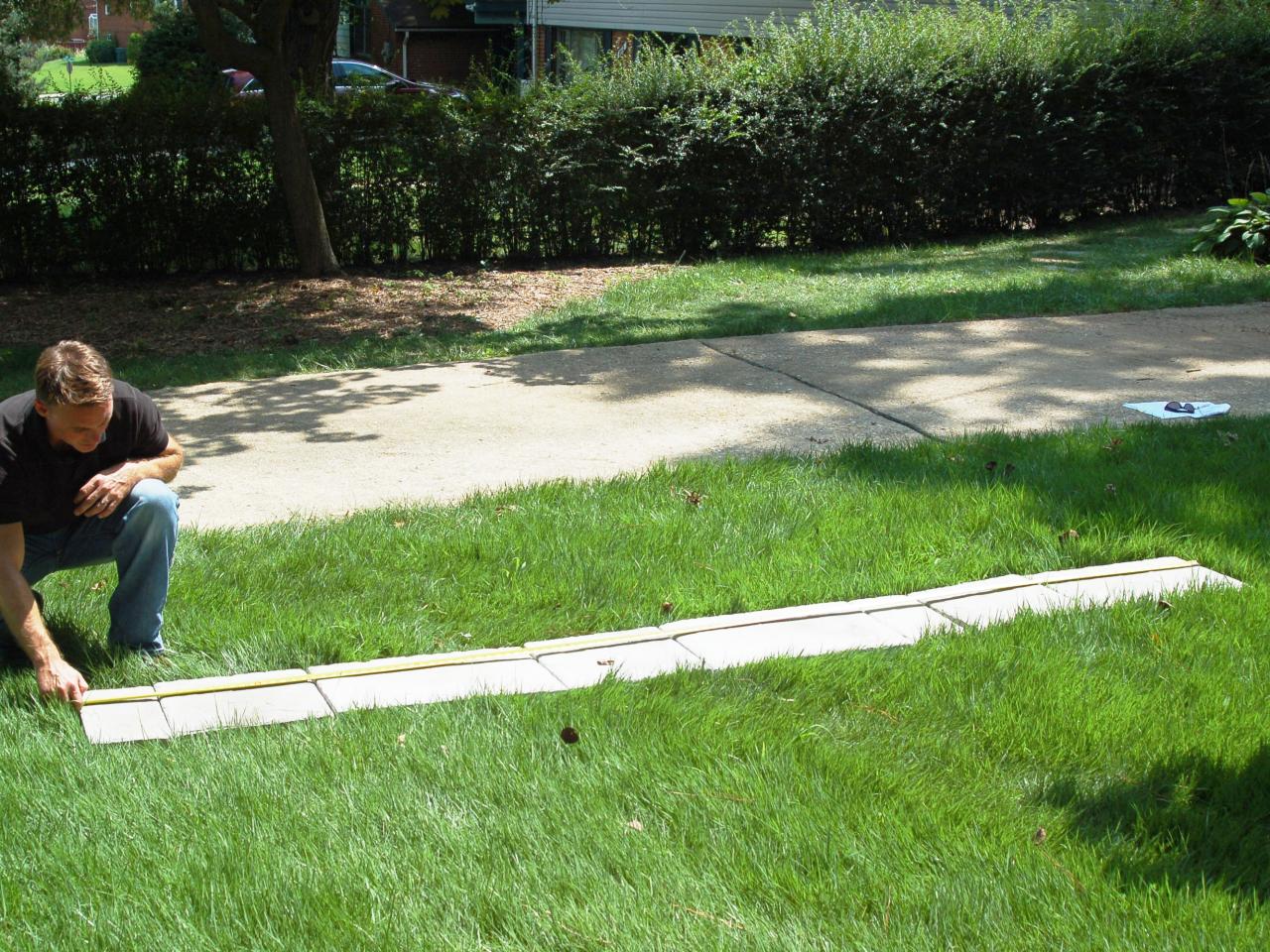

Outdoor Furniture
How To Measure A Patio
Modified: March 7, 2024
Learn how to measure your patio and choose the perfect outdoor furniture for a comfortable and stylish outdoor space.
(Many of the links in this article redirect to a specific reviewed product. Your purchase of these products through affiliate links helps to generate commission for Storables.com, at no extra cost. Learn more)
Introduction
Welcome to our comprehensive guide on how to measure a patio! Whether you’re planning to install new outdoor furniture, renovate your existing patio, or simply want to get accurate measurements for future reference, learning how to measure your patio properly is essential. By doing so, you’ll ensure that you purchase the right size furniture and materials, and your outdoor space will be utilized to its full potential.
Measuring a patio may seem straightforward, but there are important details and techniques to keep in mind to achieve accurate and reliable measurements. In this guide, we’ll take you through a step-by-step process to measure your patio, including gathering the necessary tools, measuring the length and width, calculating the square footage, assessing the shape, and capturing any additional features or areas. So let’s dive in and get started!
Key Takeaways:
- Accurate patio measurements are crucial for buying the right furniture and materials. Use tools like a tape measure and calculator, and record all measurements to avoid future discrepancies.
- Understanding the shape and additional features of your patio helps in visualizing the layout and planning for furniture and outdoor elements. Documenting measurements is essential for future projects and collaborations.
Read more: How To Lengthen Blinds
Step 1: Gather the necessary tools and materials
Before you begin measuring your patio, it’s important to gather the necessary tools and materials. Having the right equipment will ensure accuracy and efficiency throughout the measuring process. Here’s a list of essential items you’ll need:
- Tape measure or measuring wheel: A tape measure is ideal for small to medium-sized patios, while a measuring wheel is more suitable for larger areas. Choose the option that best fits the size of your patio.
- Paper and pencil or a digital device: You’ll need something to record your measurements. You can either use traditional paper and pencil or opt for a digital device, such as a smartphone or tablet.
- Calculator: If you’ll be calculating the square footage of your patio, a calculator can come in handy for quick and accurate calculations.
- Level and straight edge: These tools will help ensure that your measurements are straight and level, especially if your patio has uneven surfaces or irregular shapes.
Once you have gathered these tools and materials, you’ll be ready to move on to the next step and start measuring the length of your patio. Make sure to familiarize yourself with the proper use of each tool to ensure precise measurements.
Step 2: Measure the length of the patio
Now that you have the necessary tools, it’s time to measure the length of your patio. The length refers to the longest side of the outdoor space. Follow these steps to accurately measure the length:
- Start by selecting one side of the patio as your starting point. This can be any edge or corner that you choose for convenience.
- Using the tape measure or measuring wheel, extend it along the chosen side of the patio until you reach the opposite end. Make sure the tape measure is straight and not sagging or bending.
- Note down the measurement in either feet or meters, depending on your preference. Be sure to record the measurement accurately to avoid any future discrepancies.
- If your patio has multiple straight sides, repeat the measuring process for each side. This will ensure that you capture the complete length of the patio.
If your patio has curved or irregular boundaries, measuring the length can be a bit more challenging. In such cases, it’s helpful to use a flexible measuring tape or a string to follow the contours of the patio. Once you have measured the curved boundary, straighten out the tape or string and measure its length to get an accurate measurement.
Keep in mind that the length is just one aspect of measuring your patio. The width, shape, and additional features will also play a role in ensuring you have comprehensive measurements. Let’s move on to step 3 to measure the width of your patio.
Step 3: Measure the width of the patio
After measuring the length of your patio, it’s time to measure the width. The width refers to the shorter side of the outdoor space. Follow these steps to accurately measure the width:
- Choose one of the adjacent sides of the patio as your starting point. This side should be perpendicular to the length that you measured in the previous step.
- Using the tape measure or measuring wheel, extend it along the chosen side of the patio until you reach the opposite end. Ensure that the tape measure is straight and not sagging or bending.
- Record the measurement in the same unit of measurement that you used for the length. Make sure to note down the measurement accurately.
- If your patio has multiple straight sides, repeat the measuring process for each side. This will ensure that you capture the complete width of the patio.
If your patio has an irregular shape or curved boundaries, measuring the width can be a bit more challenging. In such cases, you can use the same technique of using a flexible measuring tape or string to follow the contours of the patio and then straightening it out to get an accurate measurement.
Now that you have measured both the length and width of your patio, you have the basic dimensions needed to calculate the square footage of the space. Continue reading to step 4 to learn how to calculate the square footage of your patio.
Step 4: Calculate the square footage of the patio
Calculating the square footage of your patio is essential for various purposes, such as determining the amount of paving material or outdoor furniture needed. To calculate the square footage, follow these steps:
- Multiply the length of the patio by its width. For example, if your patio measures 10 feet in length and 8 feet in width, the calculation would be 10 feet x 8 feet = 80 square feet.
- If your patio has multiple sections with different dimensions, calculate the square footage for each section separately and then add them together.
- Keep in mind that if your patio has irregular shapes or curved boundaries, it can be challenging to obtain an accurate measurement for the square footage. In such cases, it’s best to divide the patio into smaller sections and calculate the square footage of each section individually.
Remember to round off the final square footage to the nearest whole number to ensure practical application. It’s always a good idea to double-check your calculations to minimize errors.
Knowing the square footage of your patio will be helpful when making purchasing decisions for outdoor furniture, landscaping materials, or planning any future renovations or expansions. Let’s proceed to step 5 to determine the shape of your patio.
To measure a patio, use a tape measure to find the length and width. Multiply the two measurements to find the square footage. Add 10% for cutting waste.
Read more: How To Clean Greasy Blinds
Step 5: Determine the shape of the patio
Understanding the shape of your patio is essential for proper planning and design. Patios can come in various shapes, such as rectangular, square, circular, or even custom shapes. To determine the shape of your patio, follow these steps:
- Examine the measurements of your patio. If the length and width are equal, then your patio is most likely a square or a perfect rectangle.
- If the length and width are different, your patio might have a rectangular shape, with one side longer than the other.
- If all sides are equal in length, your patio is most likely a square.
- If your patio has curved boundaries, it might have a circular or oval shape.
- In some cases, your patio might have a combination of straight and curved boundaries, resulting in a unique and custom shape.
Knowing the shape of your patio will help you visualize the layout and arrangement of furniture and other outdoor elements. It will also aid in determining the placement of features such as pathways, planters, or water features.
Once you have determined the shape of your patio, you can move on to step 6 to measure any additional features or areas that might be part of your outdoor space.
Step 6: Measure any additional features or areas
When measuring your patio, it’s important to consider any additional features or areas that are part of your outdoor space. These features can include steps, built-in seating, fire pits, gardens, or any other distinctive elements. Follow these steps to accurately measure any additional features or areas:
- Identify the additional feature or area that you want to measure. It could be a raised platform, a garden bed, or a built-in seating area, for example.
- Using the tape measure or measuring wheel, measure the width, length, and height of the feature or area. Make sure to record each measurement accurately and in the appropriate unit of measurement.
- If the additional feature or area has irregular or curved boundaries, consider using a flexible measuring tape or string to get accurate measurements. Follow the contours of the feature or area, and then straighten out the tape or string to measure its length.
By measuring these additional features or areas, you’ll have a comprehensive understanding of your patio’s layout and dimensions. This information will be valuable when planning the placement of outdoor furniture, landscaping elements, or any modifications you have in mind.
Now that you have measured all the necessary elements of your patio, it’s time to move on to the final step and record and document the measurements. Let’s explore step 7!
Step 7: Record and document the measurements
As the final step in measuring your patio, it’s crucial to record and document all the measurements you have taken. This will ensure that you have a reference and accurate data for future use. Follow these steps to effectively record and document your measurements:
- Transfer all the measurements you have taken onto a sheet of paper, a notebook, a digital spreadsheet, or a mobile app. Organize the measurements in a clear and systematic manner.
- Label each measurement properly, specifying whether it represents the length, width, additional features, or any other relevant details.
- Include the units of measurement (e.g., feet, meters) next to each recorded measurement to avoid any confusion or misinterpretation in the future.
- Consider creating a sketch or diagram of your patio, including all the measurements and the shape. This visual representation will provide a clearer understanding of the layout and dimensions of your outdoor space.
- Keep the recorded measurements and any accompanying sketches or diagrams in a safe and easily accessible place. This will allow you to reference them whenever needed, such as when purchasing furniture, planning renovations, or sharing measurements with contractors or designers.
By recording and documenting your patio measurements, you’ll have a valuable resource that will aid in future decision-making and project planning. It will also help you avoid potential errors or discrepancies that might arise from relying solely on memory.
Congratulations! You have now successfully measured your patio and documented the measurements. By following these steps, you have acquired accurate dimensions and valuable information that will guide you in making informed choices regarding outdoor furniture, landscaping, and any other patio-related projects.
Remember, accurate measurements are the foundation for a well-planned and functional outdoor space. Whether you’re preparing for a gathering with friends and family or simply seeking a peaceful retreat, knowing the exact dimensions of your patio will help you create a comfortable and enjoyable outdoor oasis.
Conclusion
Measuring your patio is an essential step in maximizing its potential and creating the perfect outdoor space. Whether you’re looking to purchase new furniture, plan a renovation, or simply want accurate measurements for future reference, following a systematic approach will ensure that you capture all the necessary dimensions.
By gathering the necessary tools and materials, such as a tape measure, paper, and pencil, you can begin measuring the length and width of your patio. Calculating the square footage of the space will further assist you in making informed decisions about the amount of materials or furniture needed.
Understanding the shape of your patio, whether it’s rectangular, square, circular, or custom, will help you visualize the layout and arrange furniture and outdoor elements accordingly. Additionally, measuring any additional features, such as steps or built-in seating, will provide a comprehensive view of your outdoor space.
Remember to record and document all the measurements, along with any sketches or diagrams, to serve as a reference for future projects and collaborations with contractors or designers. Accurate measurements will enable you to plan effectively and avoid potential errors or discrepancies.
With the knowledge and measurements of your patio in hand, you’re now equipped to make informed choices that will transform your outdoor space into a functional and inviting oasis. Whether you’re hosting gatherings, relaxing with loved ones, or simply enjoying the beauty of the outdoors, your well-measured patio will provide a comfortable and enjoyable experience.
So, grab your tape measure, pencils, and paper, and begin the process of measuring your patio. Get ready to unlock the full potential of your outdoor space and create lasting memories in a beautifully designed and well-utilized patio.
Frequently Asked Questions about How To Measure A Patio
Was this page helpful?
At Storables.com, we guarantee accurate and reliable information. Our content, validated by Expert Board Contributors, is crafted following stringent Editorial Policies. We're committed to providing you with well-researched, expert-backed insights for all your informational needs.

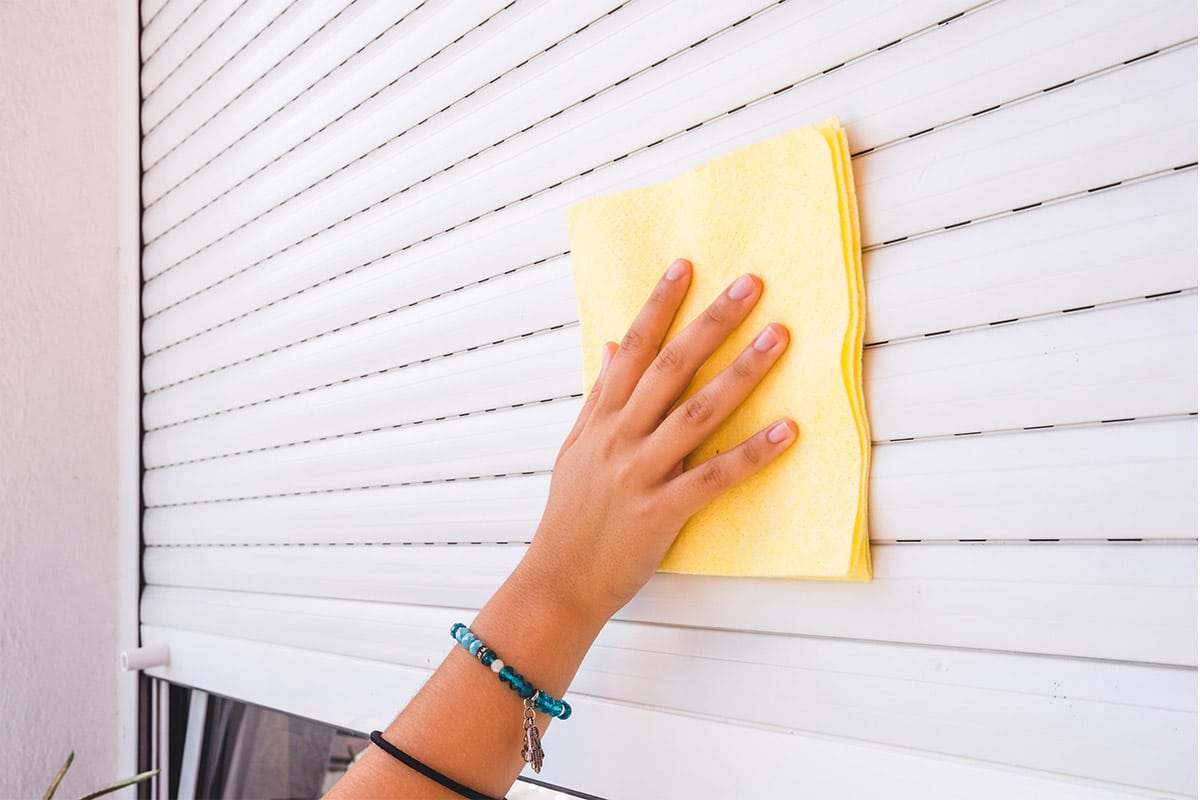




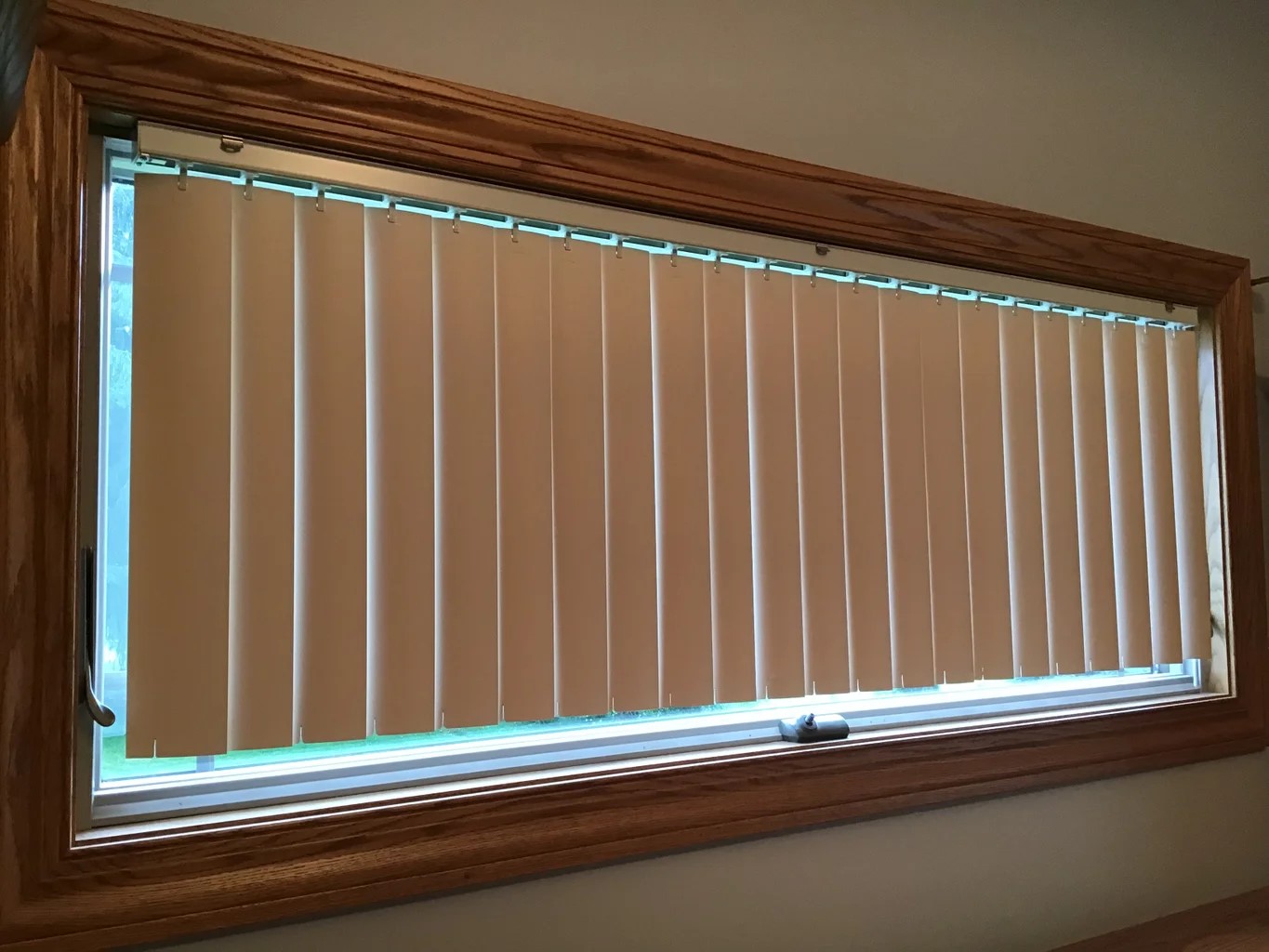

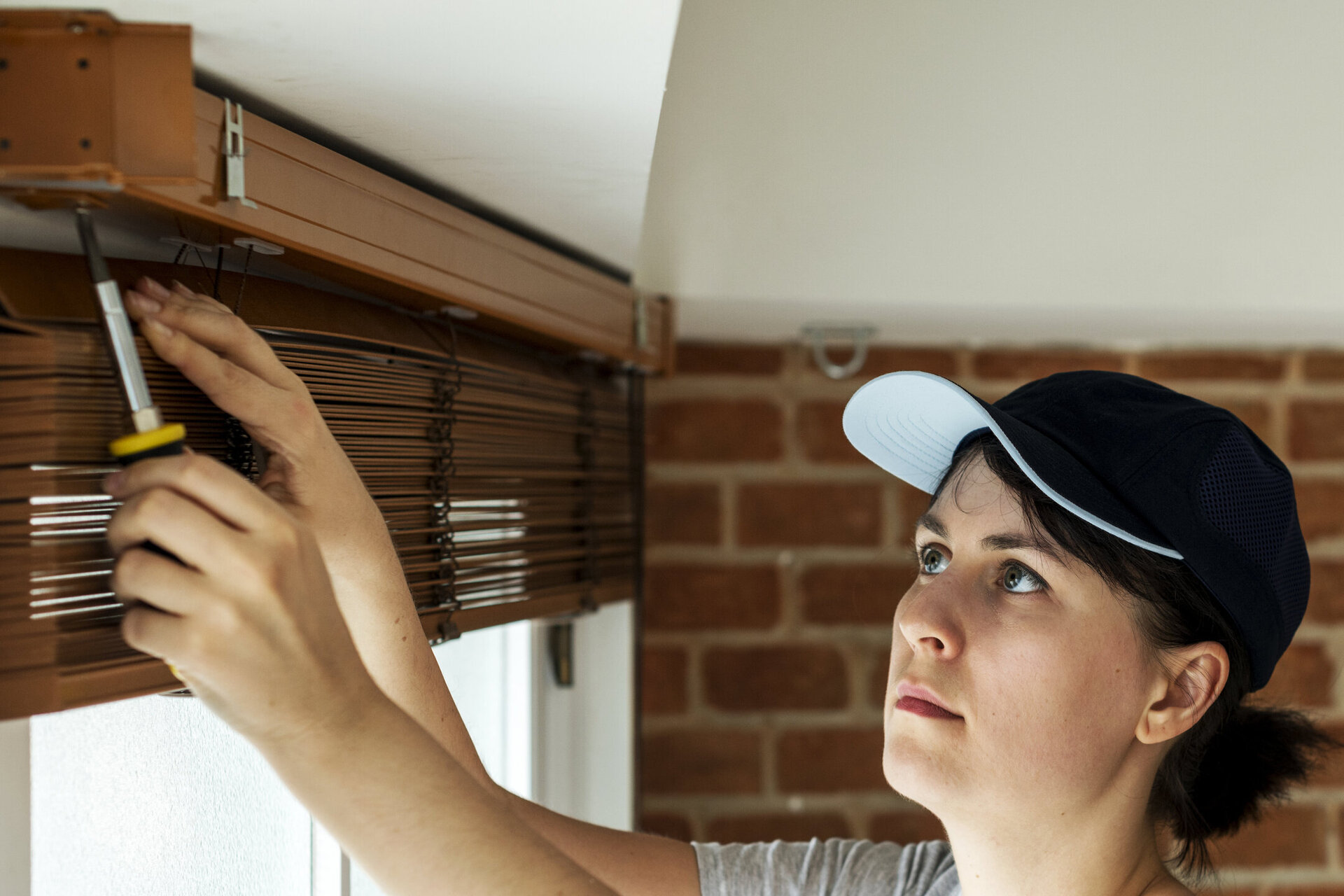
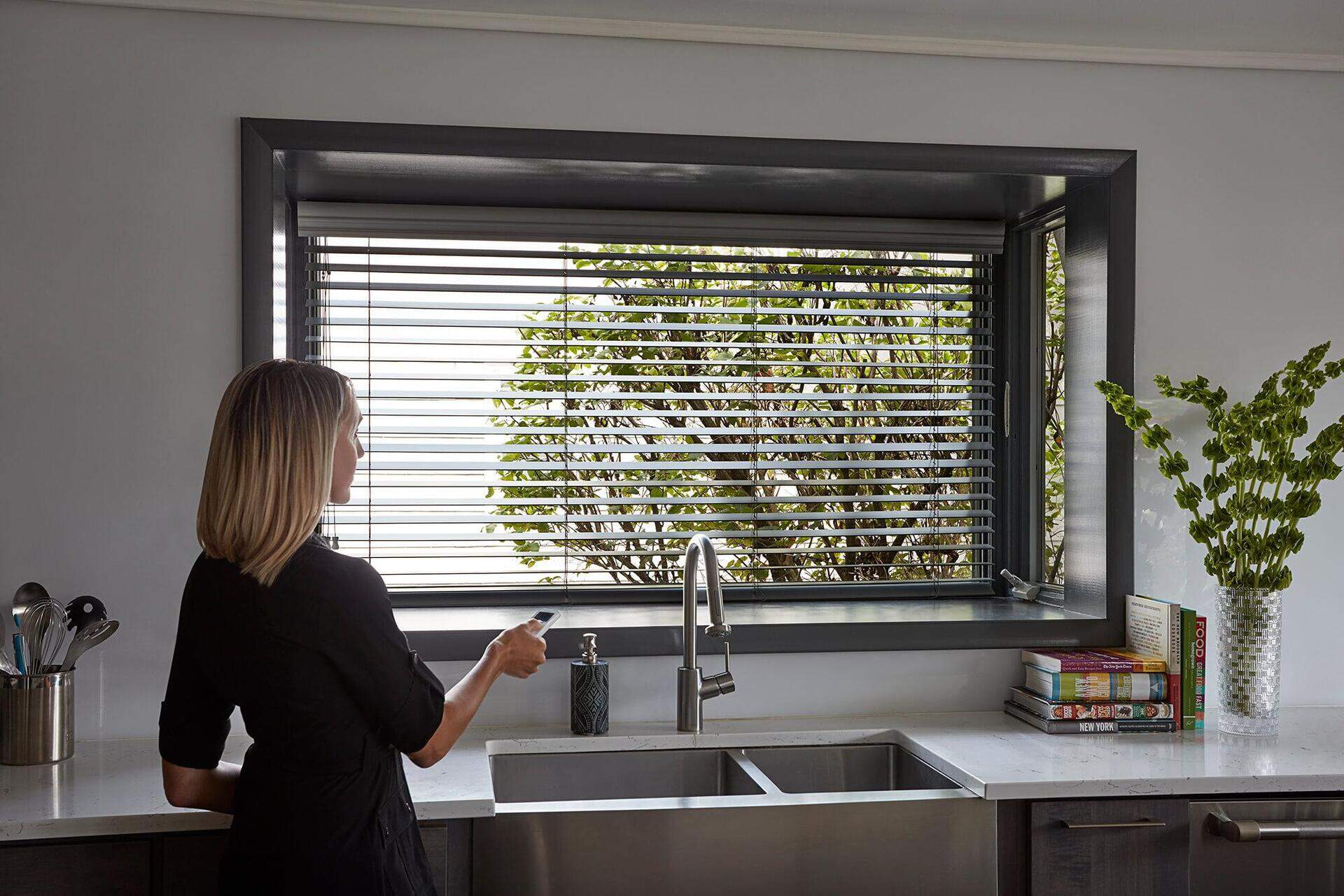

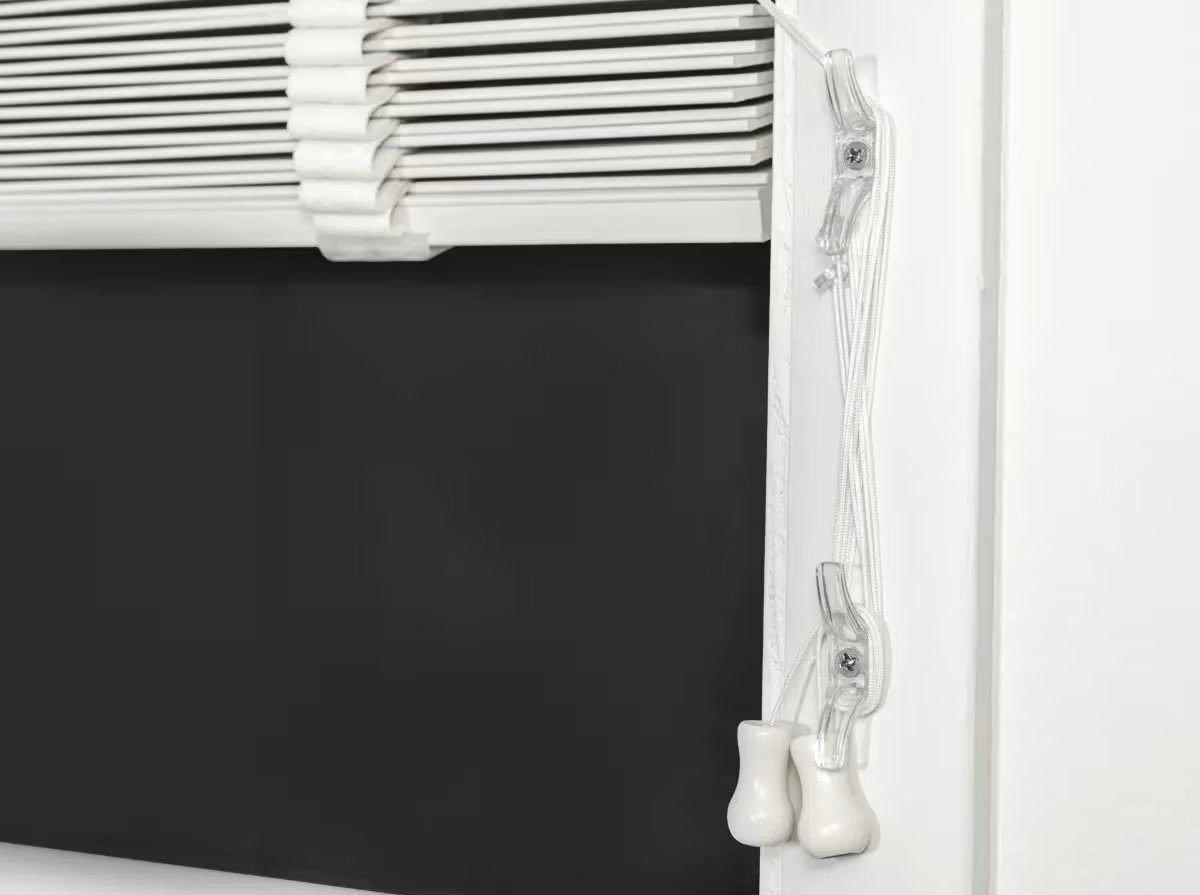
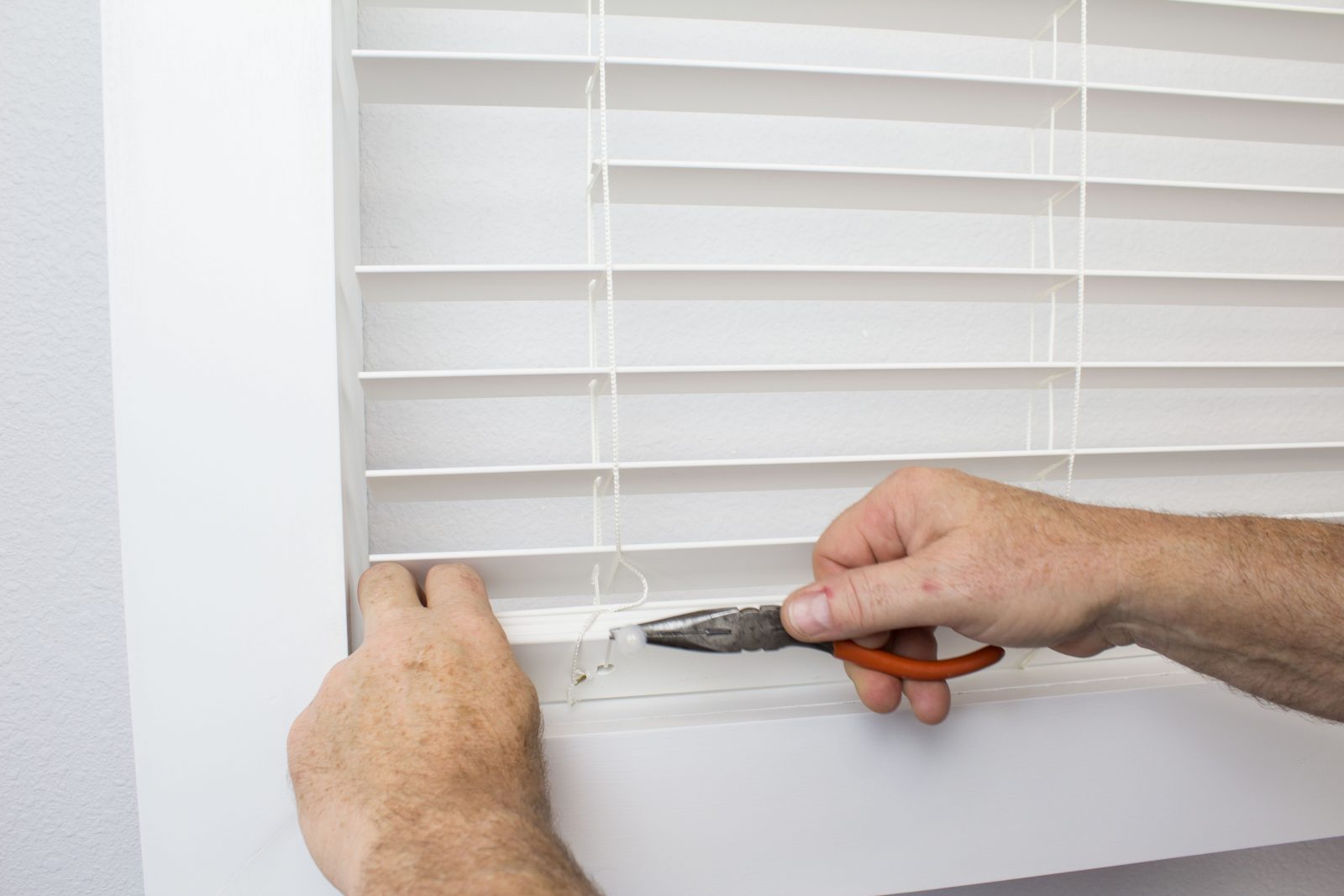
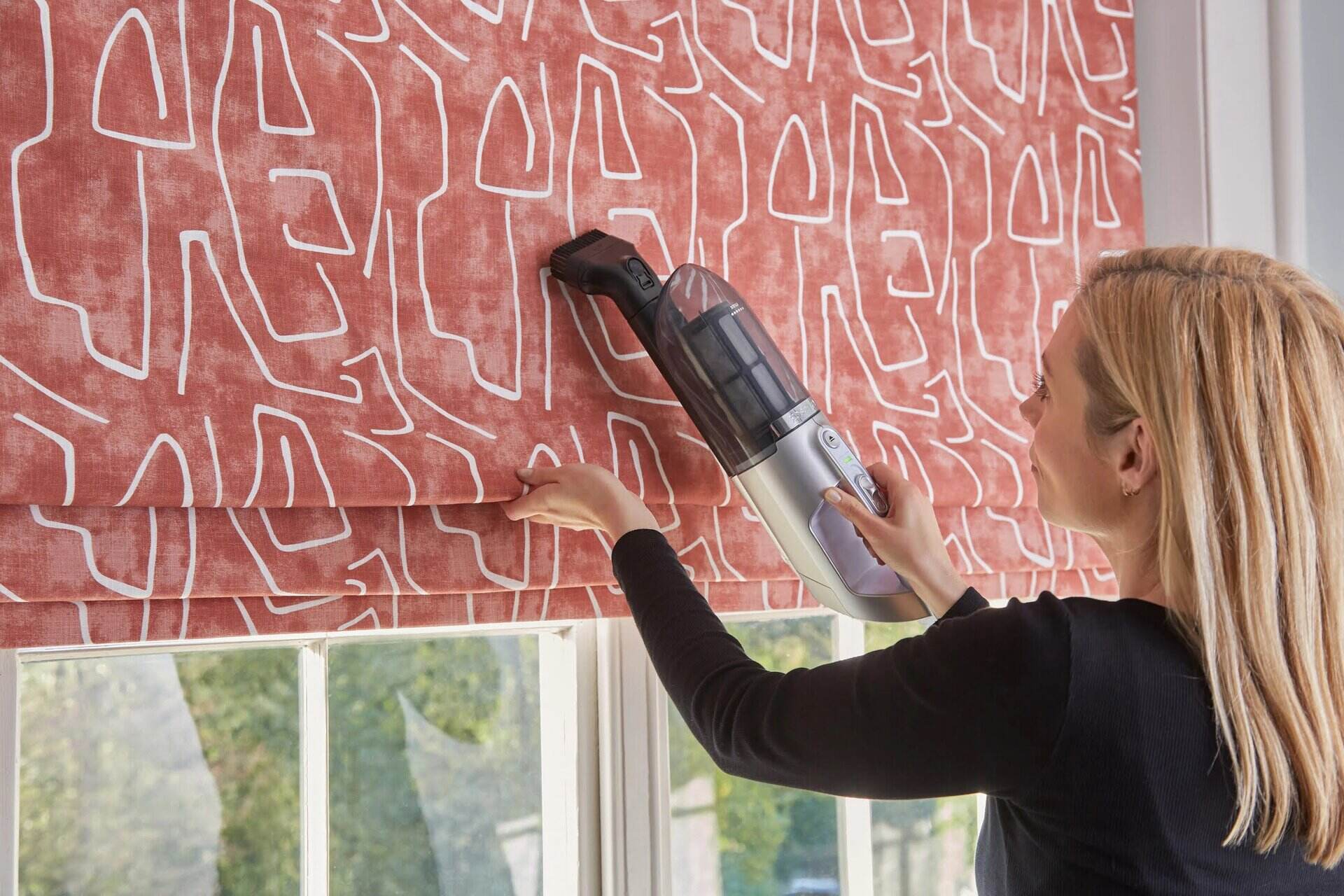

0 thoughts on “How To Measure A Patio”